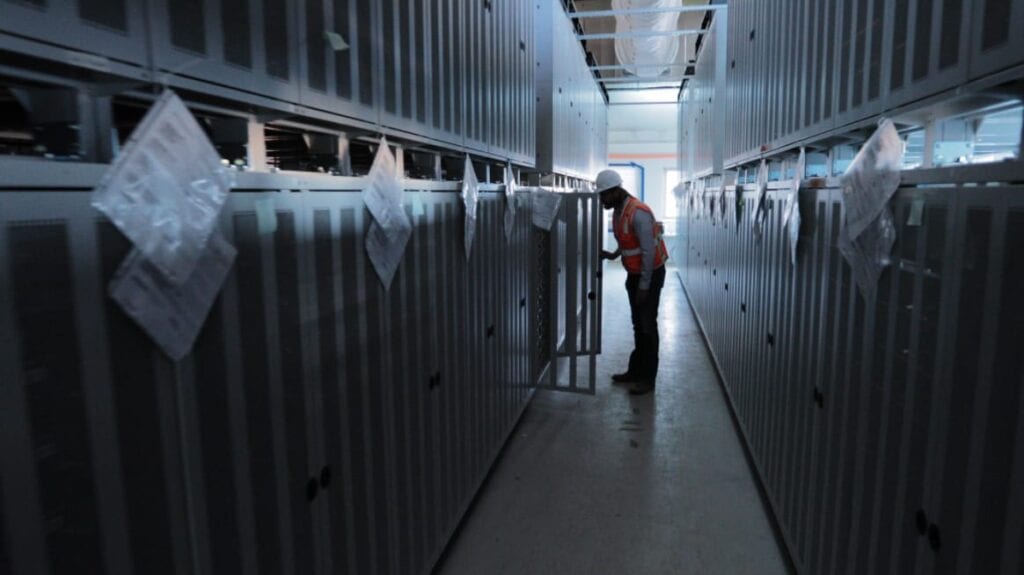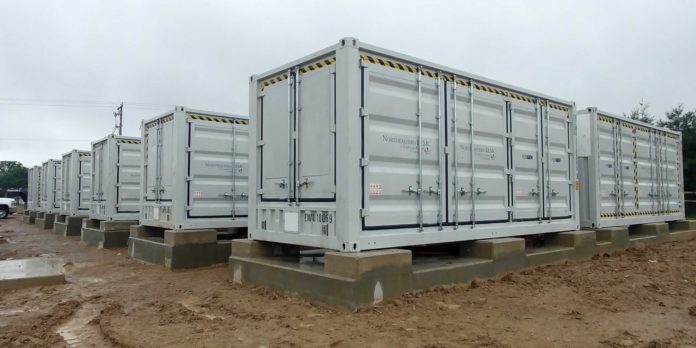
When considering whether to invest in new technology, the first thing anyone wants to know is will the benefits outweigh the costs? This is no less true of state energy agencies and utility regulators who are generally tasked with ensuring that taxpayers and ratepayers get a good return on their dollar. For this reason, when considering a new clean energy technology, most state energy agencies will conduct a cost-benefit analysis (BCA); the results can determine whether incentives are offered and how rates are set.
Assessing costs is usually pretty straightforward. Benefits, on the other hand, can be tricky to assign a dollar value to, especially when considering a relatively new technology like battery storage. This has posed a problem for state energy officials who must try to fairly and completely assess the value of storage benefits, some of which may not yet be monetizable in energy markets. If you can’t compare expected costs to the potential benefits, you’re investing blindly; and if all the benefits aren’t valued and included in the analysis, the results will not be accurate. Therefore, when developing an energy storage incentive program or adding storage to an existing program, it’s important that states conduct a full and accurate BCA for energy storage—even if this process may be difficult.
To help states with BCAs for energy storage, the Applied Economics Clinic and the Clean Energy States Alliance (CESA) have produced a new report, Energy Storage Benefit-Cost Analysis: A Framework for State Energy Programs. The report provides guidance for state energy agencies contemplating a BCA for battery storage programs. It contains helpful information that should be useful for any state assessing the cost-effectiveness of energy storage programs and technologies.
Batteries, as it turns out, are not one of the easier technologies to assess where BCAs are concerned. There are several reasons for this.
One big issue stems from the fact that batteries are a multi-use resource, meaning that they can do lots of different things depending on decisions made by the user about how and when they should be used. This is not true of some other clean energy resources. Solar PV, for example, does just one thing—it generates power when the sun is shining. But batteries can act as an electricity generator or as an electrical load, or as a transmission or distribution grid resource for utility-scale installations.

Batteries can provide backup power to a home, a business, or a critical community facility when the grid goes down. Batteries can shift power consumption from times of high demand to low demand; provide grid operators with critical services like frequency regulation; bid capacity into regional wholesale energy markets; make variable generators like solar PV and wind turbines more reliable and thus more valuable; replace fossil-fueled peaker plants; and about a dozen other things.
This is good news for battery owners, but it creates challenges for state energy agencies, utilities, and program administrators—because if you don’t know exactly how people are going to use batteries, it’s difficult to put a value on that technology.
Determining the value of battery storage
Even where the intended uses of batteries are well understood, determining the dollar value of these services may be difficult. For example, everyone recognizes that backup power is valuable—that’s why there’s a market for backup generators. But it’s hard to pin down exactly what that value is, in dollars and cents, both for individual customers and for society at large. This uncertainty can lead to overly conservative estimates, or even to no value being assigned at all for some battery services. Faced with uncertainty, it’s tempting to shrug and move on to something easier. But this means that the value of resilience, and of other hard-to-value battery services, frequently defaults to zero value in storage BCAs, making costs appear higher relative to benefits.
Complicating the situation further, many battery services are difficult to monetize in power markets, either because markets for these services do not yet exist (for example, there is no market for resilience) or because storage faces challenges when entering the market (for example, in jurisdictions where distributed resources cannot easily bid into wholesale capacity markets). In these cases, it may be tempting to wait for a market to develop so that pricing occurs naturally. Yet, immature markets do not mean that no value exists, and market failures should not be a reason to omit benefit values from storage BCAs.
Aside from these issues, there are many nuts-and-bolts questions to be answered: Which of the many available cost-effectiveness tests are most appropriate to use when assessing battery storage? What discount rate should be used to value future costs relative to present costs? And how should states conduct a BCA process to ensure the results are both fair and equitable? States may be uncertain about how to answer these questions for the simple reason that batteries are not a technology with which they have a lot of prior experience.
The new AEC/CESA report presents a BCA framework for battery storage, and attempts to address many of the uncertainties state energy agencies may encounter. Both AEC and CESA have many years of experience in storage valuation and cost-effectiveness assessments, and the report is based on that experience, as well as best practices gleaned from numerous BCAs undertaken by early adopter states and related literature about how to value battery services.